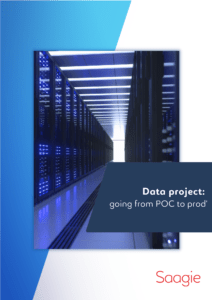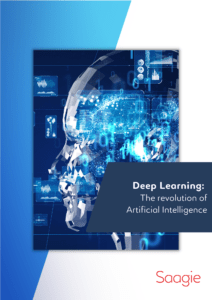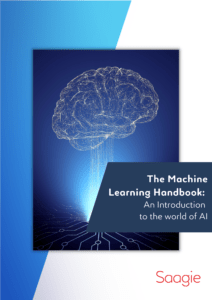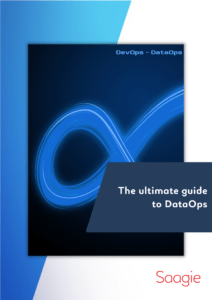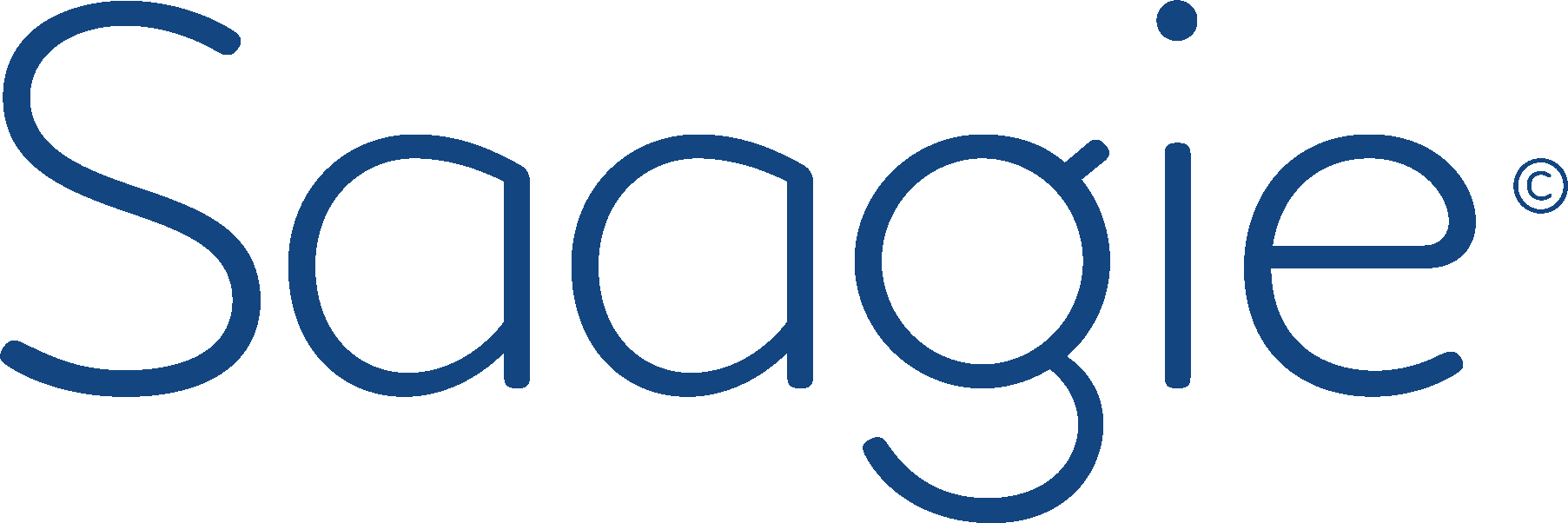A Data Steward is a data coordinator and your data lake administrator. He is the person in charge of your data management and classification. His main duty is to be responsible for your data quality standard and adapt it to your business by putting additional information to each of your data elements to make it a highly valuable data. His job is to give added-value to the data and document it with additional details.
The Main Responsibilities of the Data Steward
The Data Steward has to make sure every single data element has:
- the right definition: if necessary the Data Steward can rename the data elements stored in your data lake and give each of them the best name to fit the job. For instance, you can find in your data lake a data element named “z-cust-orders“, meaning nothing for anyone really. The Data Steward will give the data element a new name adapted to the job needs and use: “customers sales” will definitely fit better.
- he has to make sure no element is duplicated in the data lake to avoid a waste of time or any kind of misunderstanding. Yet, duplicates can happen. For example, a list of clients’ names from the “Accounting Department” and another from the “Sales Department”. In that very case, the Data Steward will need to add details to the data and make it a master data, ie the benchmark data.
- the Data Steward has to make sure there is no obsolescence by deleting irrelevant data.
- he needs to check where the data comes from and its trustability, meaning checking if the data was verified first, by whom, when and if it can be used confidently.
- finally, the Data Steward has to rest assured that each data element, or Dataset, has the right information, and that every table is updated. Indeed, one of the Data Steward’s most important duties is to qualify and add value to the data by giving the final user as much details as possible on each Dataset: original name, size and weight, modification time, source, trustability and status.
The Data Steward is the only one allowed to manage and modify the data. His job is crucial since he is the one who can classify your data lake by adding value to each of your data elements to make it trustable and qualified and maximize the data use.
His job is essential as he is the one who can create a trust-based relationship with the final user. He provides the customer an easy and quick access to its business data. If the customer happens to doubt the data’s veracity or relevance, the latter will be able to refer direcly to the Data Steward for more information. Besides, as the Data Steward is usually working for the company itself, he has a perfect knowledge of its inner environment and is able to adapt the information he is adding to the company’s needs.
In case of the user would not be able to get quickly to its data, he will lose confidence in the data and will give up this tool and get back to a basical data exploration tool. The objective of such a tool, like the Saagie Data Fabric working with Saagie Data Governance is providing the best data government, analysis and exploration technologies, that will be used confidently by all users.
Thus the Data lake management and classification are essential for a better understanding of the data and to an optimised access to the data. Obviously, the Data Steward works closely with the Data Analyst, the Data Scientist, the Data Architectwho will analyse, explore and use the data, giving it a real meaning for the jobs.
Master data stewardship has an accurate role that actually does not consist in changing the data but making it fit the final user’s use.
Why do you Need This Profile in Your Organization?
Your organisation definitely needs a Data Steward because without valuable data and a solid architecture, your company will be exposed to a low productivity and economic performance. Indeed, there are more and more companies trying to deal with Big Data to manage and optimise their inner resources.
Those businesses now try to integrate an ERP software to their computer systems in order to automate their operations. Yet, though these types of transactional operations enable data addition, modification or removal, they often means a lack of flexibility for the organisation. Companies are now generating massive data lakes that can easily turn into data swamps, very hard to deal with. But the Data Steward can handle it by classifying and adding value to your data, which will definitely help you make the right decisions for your business. Without a Data Steward to manage you data lake, Big Data can be a big challenge.




